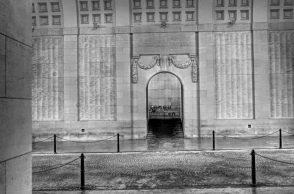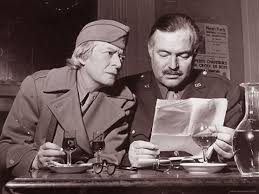The Vickers machine gun has what is perhaps the greatest reputation among recoil operated belt-fed water-cooled machine guns. Adopted by the U.K. in 1912, it proved itself in the crucible of World War I trench warfare a superlative of ruggedness and reliability.
By Martin K.A. Morgan
In one notable example from the Battle of the Somme, the 100th Machine Gun Company was assigned the task of delivering a 12-hour barrage of sustained fire against German trenches 2,000 yards away. Ten Vickers machine guns were put to the task, and they opened fire during the afternoon of August 23, 1916. When the guns ceased fire the next day, they had expended just under one million rounds of .303 ammunition.
Each Vickers had ripped through almost 100,000 rounds with only occasional interruptions to change barrels. The fact that each of these 10 guns could sustain such an incredibly high volume of fire clearly indicated the asthonishing engineering strength of the Vickers machine gun system – a system that would serve U.K. forces for over five decades. Only a small fraternity of military firearms enjoys unquestioned esteem and admiration the way that the Vickers does. It carved its name into the military history of the 20th Century through decades of reliable service, and it continues to reaffirm its prodigious reputation here in the 21st Century.
During a recent day of shooting in southern Louisiana a 100 year old Vickers that was made at the Crayford Works just east of London was put to work firing brand new .303 ammunition made in Serbia by Prvi Partizan. Although it was not asked to fire 100,000 rounds in 12 hours, it nevertheless turned-in a predictably flawless performance, the proof of which can be seen in this video.





